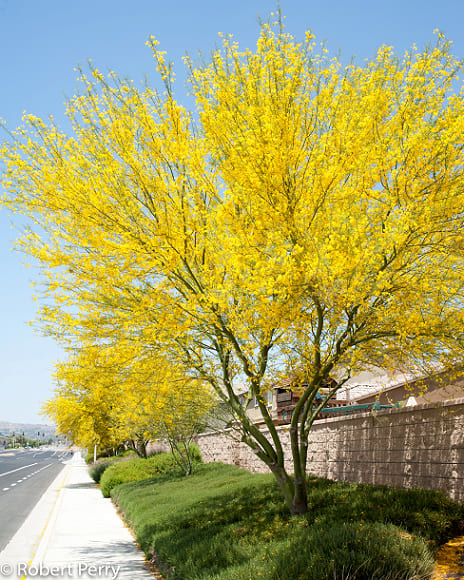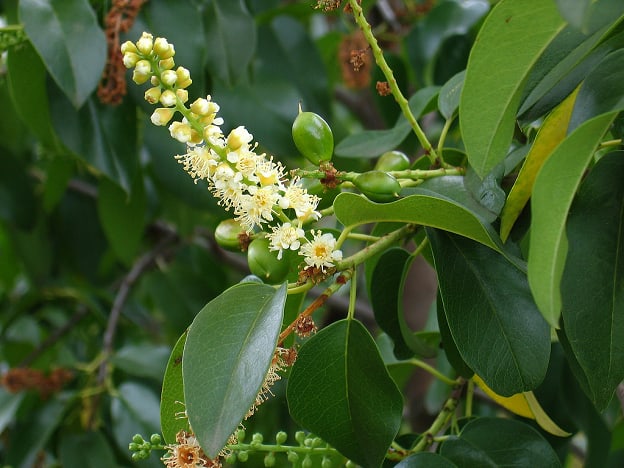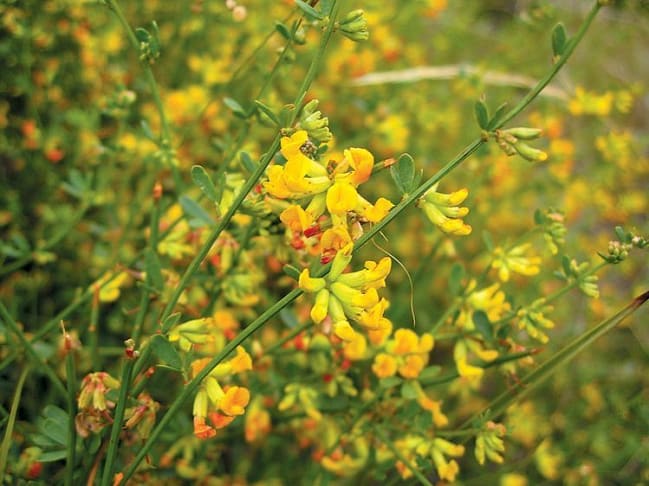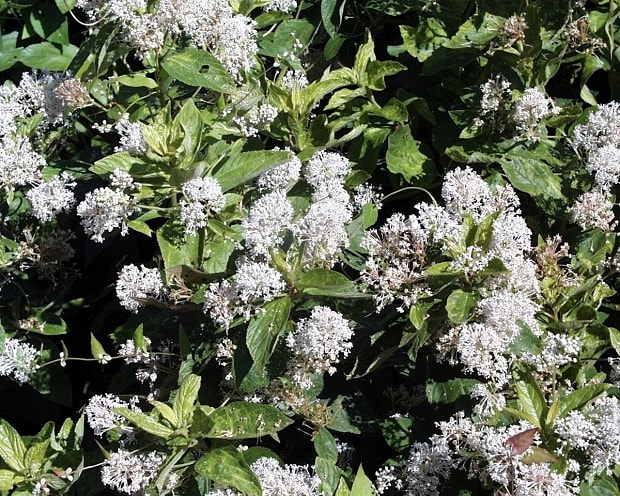Thoughtful landscaping and curb aesthetics provide the first impression of a home’s value to potential homebuyers. For environmentally-conscious homeowners, it’s imperative to carefully select plants that can thrive in harmony with Southern California’s climate, soil, natural vegetation, and native wildlife. Check out our list of visually appealing and eco-friendly plants that will increase your curb appeal.
White Sage
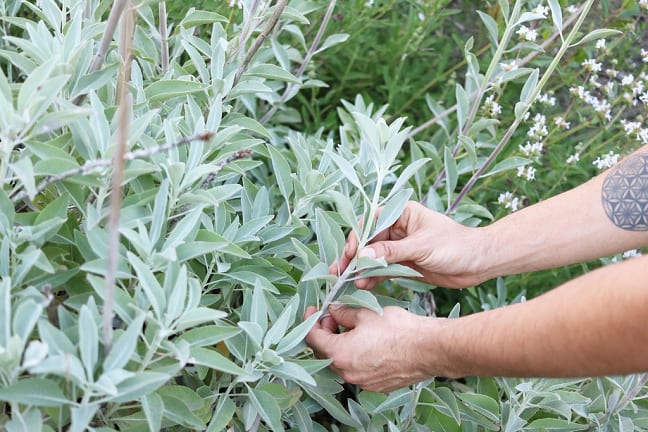
Native to California, White Sage is a subtle yet beautiful addition to home gardens. Better yet, the plant grows well in Southern California’s coastal Mediterranean climate and requires little additional watering when growing outdoors.
Expert gardeners recommend watering sage only if the leaves start to shrivel or turn down. Watering about once a week in the summer and once every two weeks in the winter are good rules of thumb. Soil can be checked with a finger to gauge moisture levels.
While sage is often regarded as notoriously difficult to start from seed and does have a low germination rate, but with optimal growing conditions and close attention at its start, the species can flourish in a suburban setting. Additionally, White Sage can be found in the native plant sections of most nurseries around the Los Angeles area.
Desert Museum Palo Verde
Image courtesy of Inlandvalleygardenplanner.org
Desert Museum Palo Verde trees can add a burst of bright color to a home’s landscaping with their lemon-yellow flowers. This species is a fast-growing tree of medium size with a canopy that can grow to 30 feet tall and 25 feet wide. Their yellow flowers blossom each spring for a beautiful display and complementary accent to other native flowers and plants.
This type of tree is a native to the region and a favorite of California landscapes due to its fast growth, absence of thorns, and the abundance of shade it provides to yards. Desert Museum Palo Verdes grow best in well-draining soils while exposed to full sun and heat.
These trees grow well year-round by adapting to warm and dry summertime conditions and the cold and frost of winter.
Catalina Cherry
Image courtesy of Flickr (Dale Hameister)
Catalina Cherry trees and hedges are a lovely addition to Southern California yards due to their appealing evergreen shrubs and drought-tolerant qualities. In the springtime, Catalina Cherry plants sprout small, white flowers, and in the fall, red berries grow, attracting birds and insects.
These plants are native to the southern and central regions of California and offer medium green-colored foliage and a slight fragrance. The species is fast-growing and moderately long-lived, reaching up to 40 feet in height. They are fairly easy to grow in either direct sunlight or partial shade and do well on slopes.
California Deerweed (Broom)
California Deerweed is a perennial in the pea family and grows cheerful small, yellow flowers from spring through summer. Deerweed is a pioneer species and helps to naturally fertilize soil.
Due to the species’ rejuvenating benefits, the plant can be utilized to help reestablish damaged soil and restore plant communities. Plant experts recommend using Deerweed for new houses with bare lots to aid with starting a garden. The species is extremely drought-tolerant and ideal for gardeners looking for a low-maintenance shrub.
Ceanothus (California Lilac)
For home gardeners seeking something both beautiful and drought-resistant for their landscaping, Ceanothus (or California Lilac) provides a pleasing light blue-purple hue that’s tolerant of dry soil. This fragrant and colorful plant blooms flower clusters during the spring and summer, can grow up to 12 feet tall, and is free-flowering.
While ceanothus requires some attention during its first growing season, the plant is relatively low-maintenance, with once-per-week watering after its first year. Hot California summers are no issue for this plant, as they grow best in areas with full sunlight.
Ceanothus is especially interesting in the way it reacts to California’s wildfires. Greenbark ceanothus can actually survive wildfires, regrowing from its roots, while blackbrush and big pod ceanothus seeds are often germinated by them. Its resilience makes it an important resource for various insect and animal species.
Western Native American tribes used these roots to make soap and shampoo, utilizing the leaves for medicinal uses.
The plant’s sweet-smelling flower attracts butterflies, hummingbirds, and bees and is a great addition to Xeriscapes; gardeners can enjoy its alluring aesthetic while supporting the local ecosystem.
Interested in learning more about yard and garden tips that can enhance home value while protecting native Los Angeles ecosystems and wildlife? Contact Nina Kurtz today. With over a decade of experience, her dedication as a Los Angeles real estate agent will help ease the process of finding the perfect piece of luxury real estate in L.A.’s competitive real estate market.
*Header Image courtesy of the LA Times

